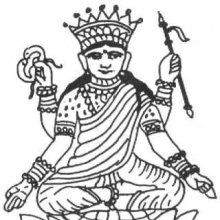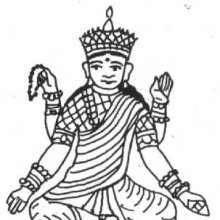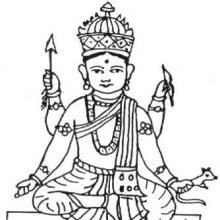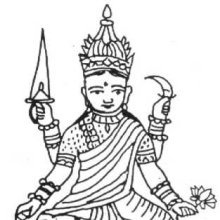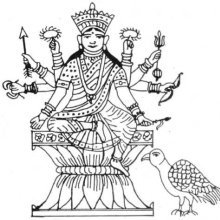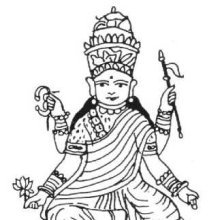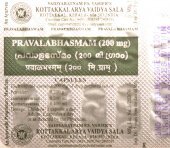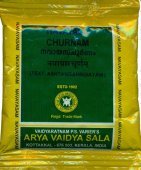Vehicle: 1 definition
Introduction:
Vehicle means something in Hinduism, Sanskrit. If you want to know the exact meaning, history, etymology or English translation of this term then check out the descriptions on this page. Add your comment or reference to a book if you want to contribute to this summary article.
Images (photo gallery)
(+80 more images available)
In Hinduism
Yoga (school of philosophy)
Source: ORA: Amanaska (king of all yogas): A Critical Edition and Annotated Translation by Jason BirchThe (Royal) Vehicle (symbolizing the breath) is denoted by the Sanskrit term Yāna, according to the Amanaska Yoga treatise dealing with meditation, absorption, yogic powers and liberation.—Accordingly, as Īśvara says to Vāmadeva: “[...] [The Yogin], whose foot-soldiers are his quietened senses and who is endowed with [a successful king’s] powers [in the form of] his higher faculty of discernment, becomes joyful when he has conquered the hostile mind-king who is accompanied by his [royal] vehicle (vāyu-yāna-yuta), the breath. [...]”.

Yoga is originally considered a branch of Hindu philosophy (astika), but both ancient and modern Yoga combine the physical, mental and spiritual. Yoga teaches various physical techniques also known as āsanas (postures), used for various purposes (eg., meditation, contemplation, relaxation).
See also (Relevant definitions)
Starts with: Vehicle of the Hearers, Vehicle of the Pratyekabuddhas, Vehicle of the Shravakas, Vehicle of the solitary Buddhas.
Ends with: Great vehicle, One Buddha Vehicle.
Full-text (+1417): Yana, Vahana, Mahayana, Anupana, Triyana, Garuda, Ratha, Three Vehicles, Vaha, Vimana, Naravahana, Pitriyana, Devayana, Shravakayana, Yanaka, Dhorana, Vajrayana, Vrishavahana, Vahabhramsh, Bharatuka.
Relevant text
Search found 261 books and stories containing Vehicle; (plurals include: Vehicles). You can also click to the full overview containing English textual excerpts. Below are direct links for the most relevant articles:
The Great Chariot (by Longchenpa)
Part 1b.3d - How to eliminate the bad < [B. The extensive explanation of the nature of karma]
Part 2 - Why mantrayana is higher than the vehicles of characteristics < [A. Resolving the view]
Part 5 - Praise of the freedoms and favors, the support of all the vehicles < [C. The nature of the environment and inhabitants of the phenomenal world]
Guhyagarbha Tantra (with Commentary) (by Gyurme Dorje)
Text 3.6 (Commentary) < [Chapter 3 (text and commentary)]
Text 3.15 (Commentary) < [Chapter 3 (text and commentary)]
Text 3.5 (Commentary) < [Chapter 3 (text and commentary)]
Vaahana Veera < [April – June, 2005]
These Witty and Humorous Road Signs < [July – September, 2006]
When Humanism Flowered < [October – December, 1995]
Vinaya Pitaka (3): Khandhaka (by I. B. Horner)
The story of Ambapālī < [6. Medicine (Bhesajja)]
Rejection of vehicles, etc. < [5. Leather (Camma)]
The story of the Licchavīs < [6. Medicine (Bhesajja)]
Amarakoshodghatana of Kshirasvamin (study) (by A. Yamuna Devi)
Economics (5): Means of Transportation < [Chapter 3 - Social Aspects]
Gods and Divinities < [Chapter 4 - Cultural Aspects]
Fauna (10): Miscellaneous information relating to Fauna < [Chapter 5 - Aspects of Nature]
The Jhanas (by Henepola Gunaratana Mahāthera)
The Two Vehicles < [Chapter 4 - Jhānas and the Supramundane]
The Doctrinal Context of Jhāna < [Introduction]
Jhāna and the Arahant < [Chapter 5 - Jhāna and the Noble Disciples]
Related products
(+13 more products available)
